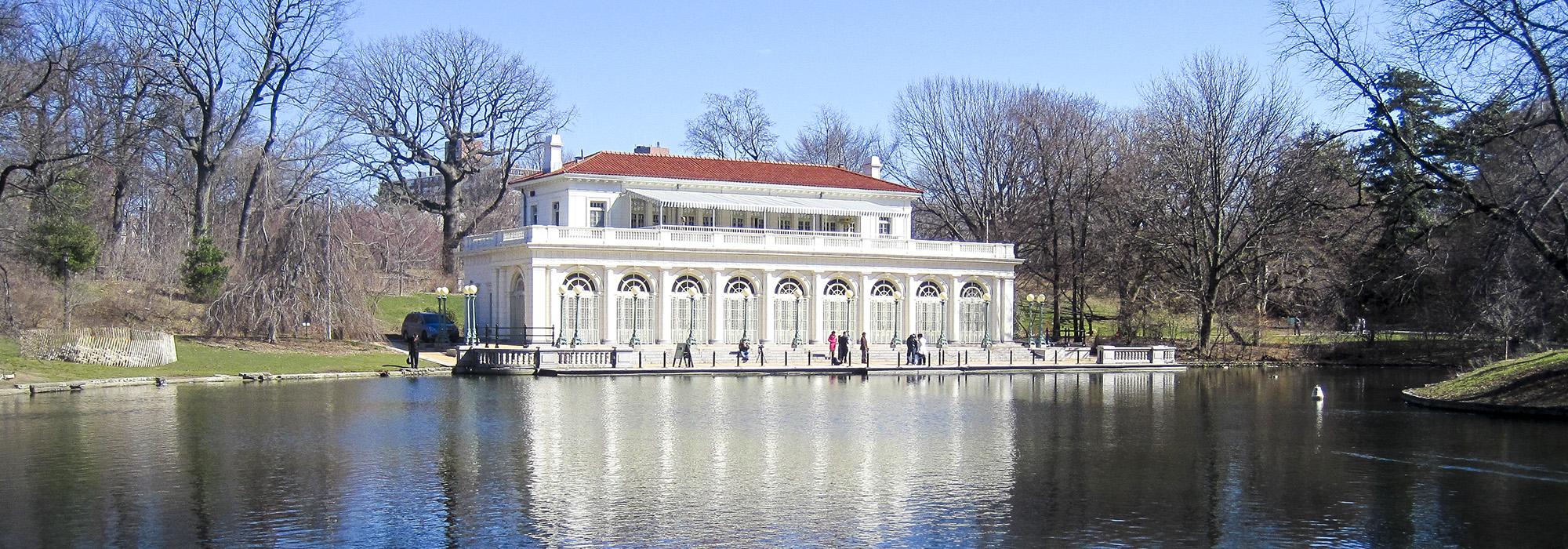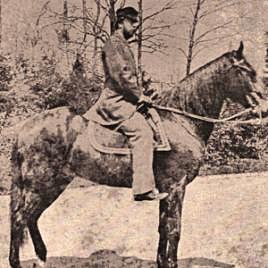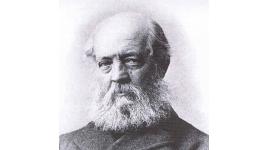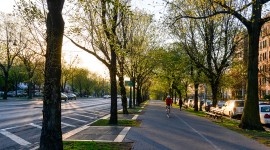Pioneer Information
Raised in New York City, Culyer studied at New York University’s School of Engineering and Architecture in the 1850s, subsequently spending a year in the office of an unidentified New York architect. He then joined the original corps of engineers that constructed Central Park under the supervision of Frederick Law Olmsted, Sr. Upon the outbreak of the Civil War, Culyer followed Olmsted to Washington, D.C. to assist in the administration of the United States Sanitary Commission. Having joined the Army Corps of Engineers, he assisted with the construction of fortifications in Virginia. Culyer returned to his appointment at Central Park after the war, but soon resigned to become an assistant engineer at Prospect Park. In 1871 he became the chief engineer, succeeding Olmsted and Vaux as the park’s superintendent in 1874. Under his direction, Prospect Park was substantially completed, and Brooklyn’s smaller parks, including Fort Greene Park, were laid out. Culyer planned and supervised the original construction and later the repair and maintenance of Brooklyn’s Eastern Parkway (1870-1874) and Ocean Parkway (1874-1876). Culyer practiced privately in Lower Manhattan following his forced resignation in 1886. Considered an expert in site planning and landscape development, he was frequently commissioned for public and private work. As consulting engineer to the Brooklyn Board of Park Commissioners, Culyer designed the two-mile extension of Eastern Parkway linking Prospect Park to Highland Park from 1890 to 1893. He was also involved with the planning of railroads and rapid transit in Brooklyn.
Culyer served in the New York State National Guard, attaining the rank of lieutenant colonel and engineer, and was a member of the American Society of Civil Engineers. He passed away at his home in Mount Kisco, New York, and was buried in Greenwood Cemetery in Brooklyn.








